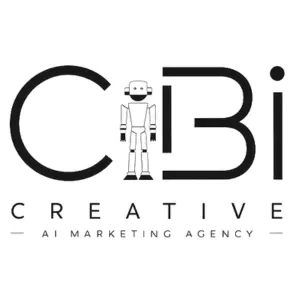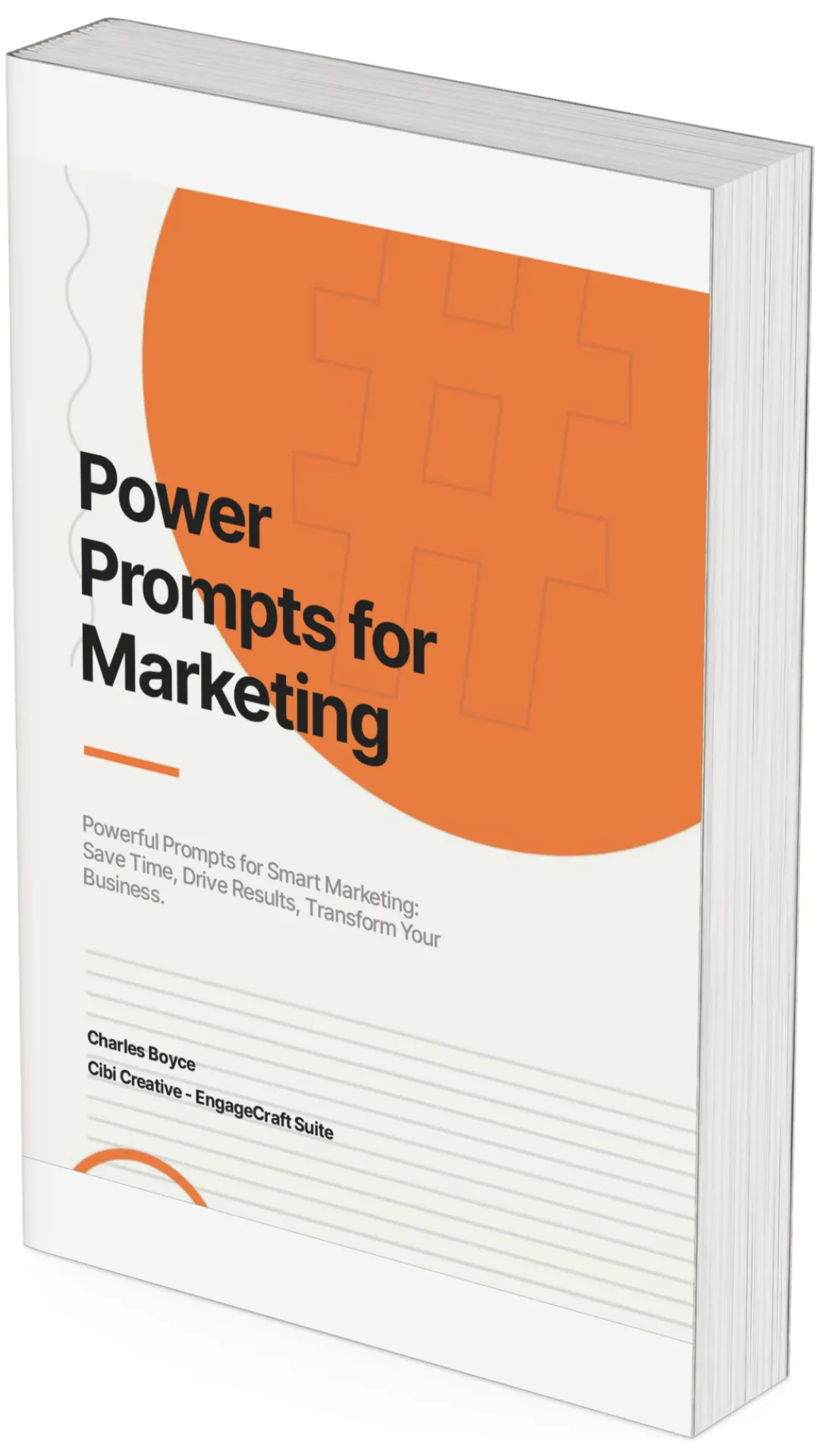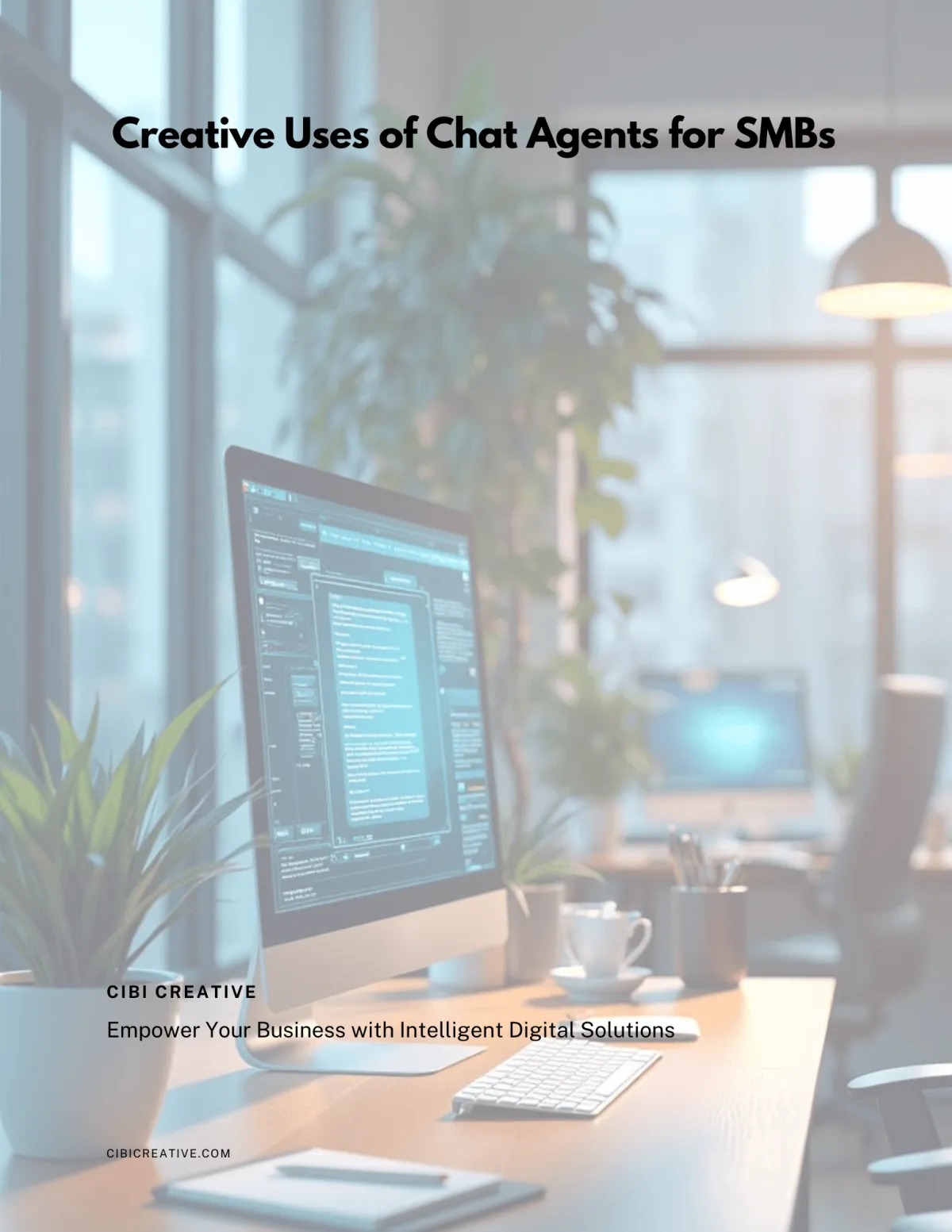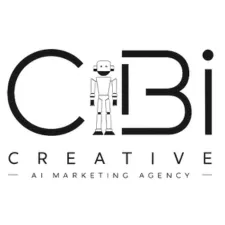Blogs

5 Game-Changing Tips to Transition from SEO to AEO
Introduction
The digital world never stands still, and neither should small business owners and consultants. To stay ahead, you need to adapt, refine, and embrace new strategies that ensure visibility and relevance. One of the most significant shifts in recent years is the move from Search Engine Optimization (SEO) to Answer Engine Optimization (AEO).
Traditional SEO is all about fine-tuning content for search engine rankings, focusing on keywords and backlinks to climb the results page. AEO, on the other hand, takes a more direct approach. It prioritizes content that answers users’ questions effectively, making it particularly powerful for voice search. These five essential strategies will help small businesses make a smooth transition from SEO to AEO, strengthening your digital presence and future-proofing your marketing efforts.
What is the Core of AEO?
Success with AEO starts with a clear understanding of its core principles. At its heart, AEO is about delivering precise, relevant answers to users' questions—anticipating what they need before they even finish asking. While SEO aligns content with search engine algorithms, AEO is laser-focused on user intent.
To integrate AEO into your strategy, start by identifying common queries from your audience. Resources like Google’s “People Also Ask” section can help uncover trending topics in your industry. The key is to provide concise, authoritative answers that satisfy users immediately.
Why Should You Optimize for Voice Search?
Voice search has changed the game. With the growing popularity of smart speakers and digital assistants, more people are searching by speaking rather than typing. This shift means content must be more conversational and natural in tone.
Instead of rigid, keyword-heavy phrases, tailor your content to reflect how people talk. Use long-tail keywords and structured Q&A formats that mirror real conversations. When your content sounds like something a person would actually say, virtual assistants are more likely to surface your business as the answer users need.
Why Should You Implement Structured Data Markup?
Search engines rely on structured data to interpret and categorize content efficiently. By adding schema markup to your website, you give search engines the context they need to surface your content in voice search results.
Rich snippets are attention-grabbing results at the top of search pages and are often powered by structured data. By implementing this, your content has a better chance of appearing in these coveted spots, increasing visibility and click-through rates. The goal is to provide information in a way that’s easy for both search engines and users to understand.
Why Should Answers be Clear and Concise?
AEO is built on brevity. When users turn to voice search, they expect quick, straightforward answers. The more efficiently you deliver information, the more likely your content will be selected by voice assistants.
Start with a direct answer at the beginning of your content. If more detail is needed, follow up with a concise explanation. This keeps readers engaged, improves user experience, and increases the likelihood of your content being featured in voice search results. Precision is key, write less fluff and add more value.
How Can You Stay Flexible and Monitor Trends?
Digital marketing is a moving target. What works today might not work tomorrow. Staying ahead means continuously tracking your results and adjusting your strategy based on performance.
Use analytics tools to monitor how your content performs. Identify which formats and topics resonate most with your audience and adapt accordingly. Pay close attention to emerging trends in voice and AI-driven search behavior. The businesses that succeed in AEO are the ones that remain proactive, refining their approach as technology evolves.
Conclusion
Transitioning from SEO to AEO might feel like a challenge, but it’s also a tremendous opportunity. By focusing on clear, well-structured answers, optimizing for voice search, leveraging structured data, and staying adaptable, small businesses can secure a strong position in the future of search.
The shift is happening now. Embrace AEO today and ensure your business isn’t just found—but chosen.
E-Books
Power Prompts for Marketing
This isnʼ t just another collection of ordinary, one-liner prompts that leave you figuring out the rest.
This is a compilation of 48 high-impact prompts specifically designed to elevate your marketing strategy.
These prompts are crafted to save you time, streamline your workflow, and, most importantly, drive results. From ideation to execution, they empower you to unlock the full potential of your marketing efforts. All you need to do is copy the prompt and paste it into your favorite GPT, such as ChatGPT, Claude, Perplexity or others. Anything between [ ] needs to be replaced with your information.
Whether youʼ re brainstorming content ideas, optimizing campaigns, or fine-tuning client messaging, these prompts will become your go-to resource.
Creative Uses of Chat Agents for SMBs
In today's digital age, small and medium-sized businesses (SMBs) are constantly searching for innovative solutions to enhance their operations and improve customer satisfaction.
Chat agents, powered by AI, are not just tools for answering customer queries—they have transformative potential across various dimensions of an SMB.
This ebook explores creative applications of chat agents, providing actionable insights and practical examples that SMBs can leverage to innovate and grow.
Embracing AI for SMBs
In today’s fast-paced digital world, small and medium businesses (SMBs) face unique challenges in staying competitive.
Limited budgets, resource constraints, and the need for efficiency often put SMBs at a disadvantage compared to larger enterprises. However, the rise of affordable and user-friendly AI applications has leveled the playing field, offering SMBs unprecedented opportunities to streamline operations, enhance customer experiences, and drive growth.
This ebook explores the transformative potential of AI for SMBs, showcasing practical solutions and real-world success stories.
AI Powered Marketing: Transforming Businesses in the Digital Age
This ebook aims to demystify the world of Artificial Intelligence (AI) and
explore how it can revolutionize your marketing strategies.
As a small business owner, staying ahead of the curve is crucial, and this
ebook is designed to equip you with the knowledge and tools to leverage
AI effectively.
By the end of this book, you'll better understand how to integrate AI into
your marketing efforts, optimizing them for success and future growth.
COPYRIGHT © 2025 CIBI CREATIVE - ALL RIGHTS RESERVED. WEBSITE BY CIBI CREATIVE
PRIVACY POLICY






